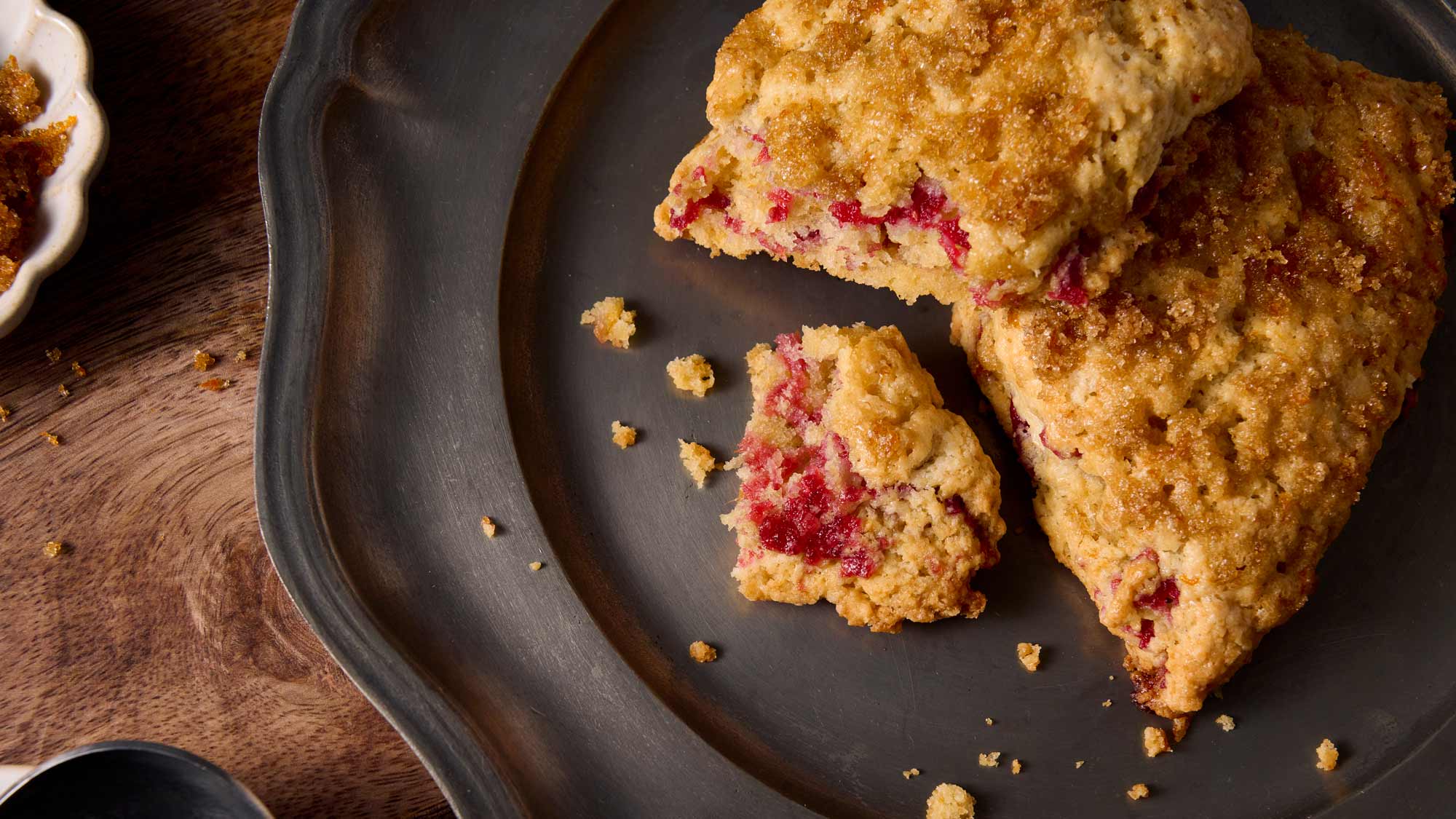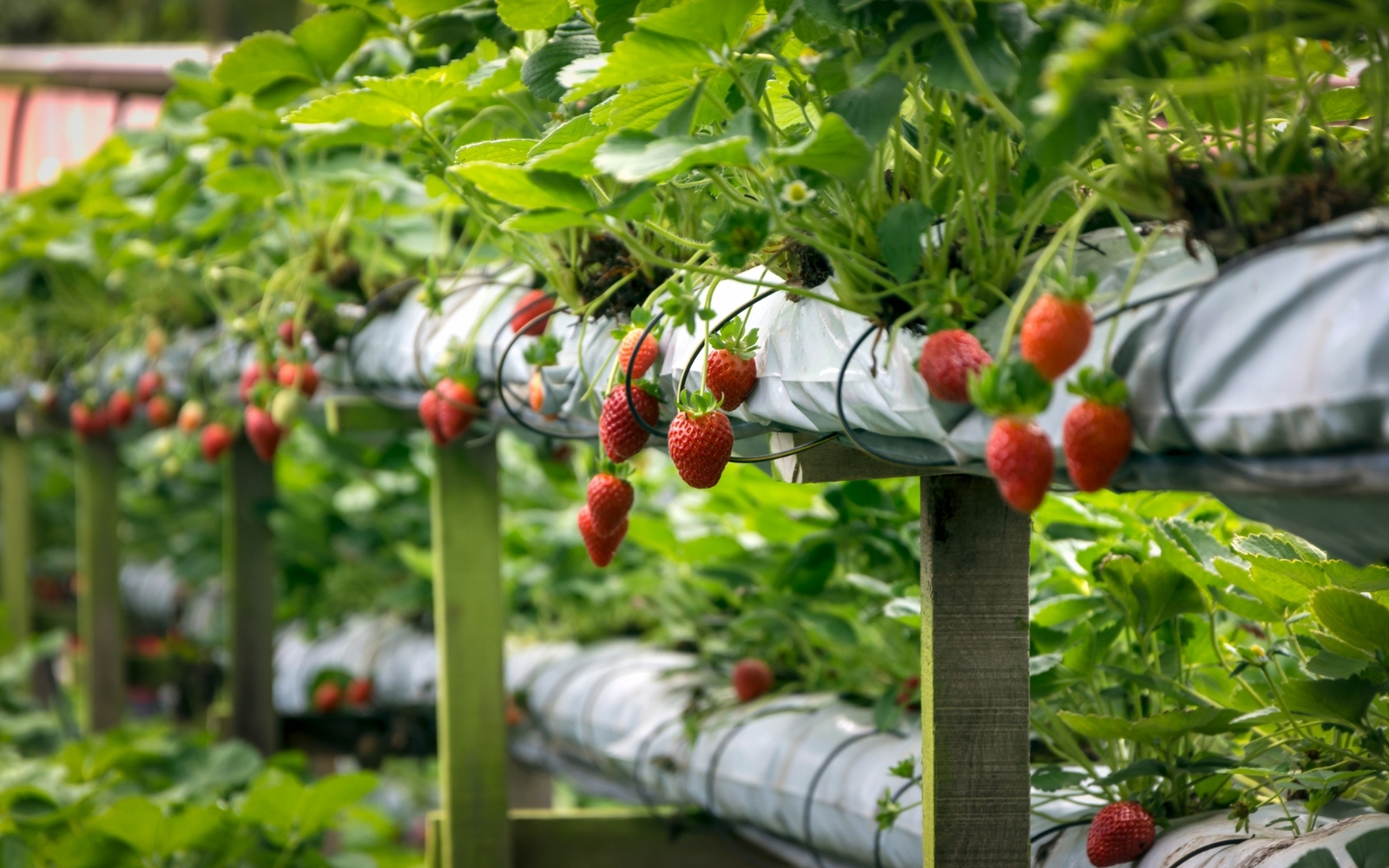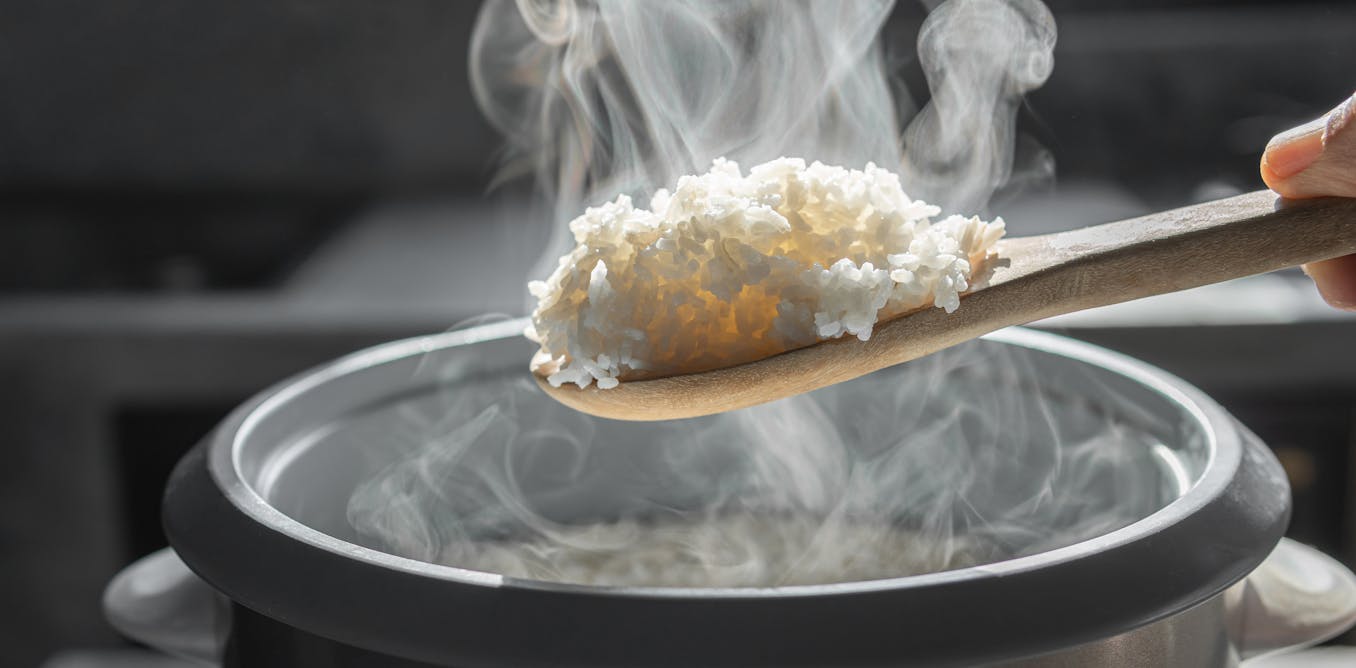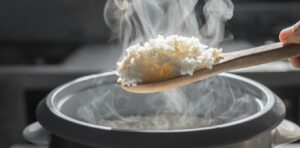Cranberry and Orange Scones – A Little Spoon
1. Texture: They are super tender, yet sturdy enough to still feel like a proper scone. I played around with different flours, leavener ratios, liquids to come up with my perfect version. And then, I kept the texture intact by not adding in whole or dried fruit. What can I say, jam was just the absolute right choice!
2. Flavor: Cranberry and Orange is my favorite flavor combo in baked goods, especially around the holidays. The sweetness in the orange-sugar topping, subtle orange scone dough, and layers of cranberry-orange jam really make this recipe sing at every level. If you are wondering, yes, I do buy bags of cranberries in November and December and freeze them, so I can make cranberry and orange scones year-round.
I use 00 Flour specifically with baked goods that I want to have a tender crumb for 3 reasons:
1. Soft Wheat: Most all-purpose (AP) flours are milled from hard (red) wheat while 00 flour is usually milled from soft (durum) wheat. Durum wheat has great structure but less elasticity than their red wheat counterparts (all-purpose and bread flours). Simply put, doughs with 00 flour in them are less chewy, making them ideal for the softer and lighter textured baked goods.
The only AP flour brand I know of that uses soft wheat is White Lily. (Yes, of course, I tested these scones out with White Lily all-purpose flour.) The flavor was still on point; however, they were a little more cake-like than I wanted and fell apart very easily. For a reference, to those in the USA, I would liken the texture to a drop biscuit.
So, why the difference if 00 flours and White Lily AP Flour are both soft wheats? Let’s continue…
3. Protein Content: The protein content in most 00 flours is between 10-11%, while White Lily AP flour’s protein content is 9%. This means two things happened during the White Lily test. 1.) There was just not enough protein/gluten to give me the stronger structure I wanted and 2.) I needed to use about 1/3c (35-40g) more flour for the same level of hydration. Speaking of hydration…
2. Grain Size: 00 refers to how finely ground the flour is which ranges from 00 to 2. 00 flour is the finest level of ground flour. Finer milling means the dough needs less water for hydration. A wetter dough softens the gluten and allows for better gelatinization between the water and starches in the flour. It also means the formation of larger air pockets and a more open, lighter result with a more stable and less crumbly structure.
As an added bonus, better hydration results more moisture retention after baking. So, these are going to last a day or two longer than AP flour scones, when stored at room temperature.
Of Note: I used both King Arthur 00 Pizza Flour (10.5% protein) and Anna Napoletana Tipo 00 Extra Fine Flour (9-11%) during testing. Both worked beautifully.
You can definitely use all-purpose flour, though you will need to adjust measurements according to your flour’s protein content. Here are guidelines based on protein content:
1. AP Flour with 9% protein will need around 2 1/2 cups of flour (315g)
1. AP Flour with 10.5% protein will need around 2 1/4 cups of flour (280g)
2. AP Flour with 12% protein will need roughly 2 cups (250g)
The texture will be chewier, and they will need to be frozen the same day as baking, to maintain moisture. All in all, however, you will still have a delicious scone.
Let me lead with an emphatic YES!!! Finally, a recipe where too much gluten structure is something we are avoiding.
I tested these with Bob’s Red Mill 1:1 GF Baking Flour and they turned out great. I did need to use more flour than listed above to get the right amount of hydration in the dough. So, for those of you who want to try this, you will need to use 2 1/2c (320g) of 1:1 GF baking flour.
I get it, sometimes you just want a little treat or more to go around. If you want to make more, smaller scones weigh and cut the dough into two equal pieces after mixing. Then, follow the shaping and layering instructions, as written in the recipe, for each piece. The final circles should be 5in (13cm) in diameter and 1in (2.5cm) in height. Bake the scones at 425°F (218°C) for 3 minutes and then turn down the oven to 400°F (204°C) for another 9-12 minutes. The bottoms should just start browning.
I don’t recommend chilling the cranberry and orange scones longer than an hour before you bake them. Chilling is really just to firm up the butter and reduce spread.
Once mixed, the acidic ingredients in the dough will react and neutralize the baking soda and baking powder in the scones. The longer they mingle the less rise you get when baking.
Even with a double-acting baking powder, the rise will be less the longer the dough sits. If you cannot bake the scones within an hour of making the dough, I suggest freezing them and then baking from frozen.
Yes! To freeze them, place the scones on a silicone lined baking sheet. Make sure they aren’t touching. Freeze them for a few hours and then move them to a plastic baggie or lidded container to save space and keep them from drying out. Unbaked, frozen scones will last in your freezer for roughly 2 months before acquiring freezer burn and losing their flavor.
Bake the uncooked, frozen scones at 425°F (218°C) for 5 minutes. Then turn down the oven to 400°F (204°C) and bake for another 14-17 minutes. The bottoms should just start browning.
Yes, to this too! Again, place the scones on a silicone lined baking sheet. Make sure they aren’t touching. Freeze them for a few hours and then move them to a plastic baggie or lidded container to save space and keep them from drying out. The baked scones will stay good for roughly 1 month in the freezer.
To defrost/reheat the scones, take as many as you plan to eat out of the freezer. Either place the scone(s) in the fridge or on the counter to defrost or reheat it on a bread setting in your microwave in 15-second increments. If you don’t have a bread setting, use 10% power. You can also use an oven to reheat the scones. Bake them at a low temperature, under 300°F (149°C), for 5-10 minutes.
If you plan to leave the scones at room temperature, I recommend finishing the scones in 3-4 days. They have enough sugar in them that they will last 5-7 days at room temperature before going bad, but they will dry out well before then. Make sure to store them in a lidded container.
In the refrigerator, they can last 7-10 days before going dry and 2 weeks before going bad.
All baking powders contain baking soda along with a weak acid (like potassium hydrogen tartrate, monocalcium phosphate, or sodium aluminum sulfate) and cornstarch (used as an anti-caking agent).
Baking powder was developed to be a complete leavening agent, so bakers wouldn’t need to rely on mixing things like lemon juice, sour milk, or vinegar with baking soda to create rise in their baked goods. Cream of tartar (potassium hydrogen tartrate) mixed with baking soda allowed for a shelf stable leavening agent that would only activate when mixed with liquids.
From there, the reaction and timing were the same as working with solely baking soda and acidic ingredients. And this single acting baking powder would run its course within 20 minutes of mixing the wet and dry ingredients together.
To allow for more time after mixing dough and batters, scientists developed double acting baking powders using acids like monocalcium phosphate or sodium aluminum sulfate instead of cream of tartar. These modern baking powders produced a second chemical reaction when heat was introduced during baking. Today, most baking powders are double acting.
The aluminum in these baking powders can react with strongly with ingredients that contain anthocyanins (think cranberries, blueberries, garlic, red cabbage, etc.) and turn your baked goods blue or green where the reaction occurs. Not only is there are visual reaction, but your baked goods can also take on a mineral or metallic flavor.
The monocalcium phosphate (specifically the phosphates and phosphorus elements in this ingredient) in aluminum-free baking powders acts as a buffering agent in food products. What does this mean? It helps maintain a stable pH level and prevents undesirable changes in color, taste, and texture.
Is baking powder with aluminum bad? Nope, there’s just a time and place for them.
Check the ingredient label. If you see sodium aluminum sulfate, this is not the baking powder you are looking for (with jedi hand sweep included).














Post Comment